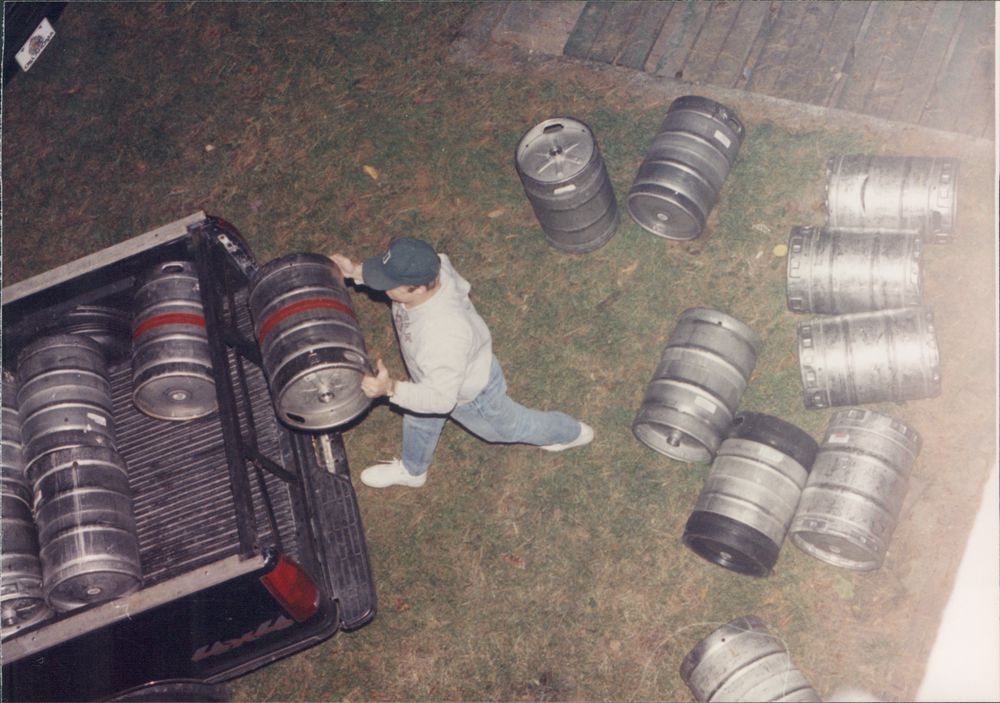
“Nobody rages anymore.”
When alumni return to campus, a common complaint is the seeming temperance of the contemporary student body compared to the debauchery fondly remembered by the Sons of Old Dartmouth. While some view these claims with rose-tinted glasses, others accurately point out the ever tightening restrictions on alcohol as the source of this shift.
In the present day, Dartmouth’s current alcohol policies leave the school in the driest state since Prohibition. Possession of hard alcohol of any kind (even for those legally allowed to possess it) results in sanctions at least as severe as those for cheating. Within this policy, any “batch” or punch sufficiently diluted to below the threshold of what the College considers liquor (30 proof) still incurs a violation, with the reason being that students are unable to know exactly what is in such a solution. All kegs must be tagged by the College in order for them to be served during an event, with the number of tags determined on a may-issue basis. This bureaucracy extends to the process of throwing a party, with a host of forms being required for the College to approve an event.
Restrictions were not always like this, however. Following complaints by Hanover authorities that Dartmouth students disproportionately were being brought to hospitals for alcohol-related injuries, President Hanlon in 2015 instituted the hard alcohol ban. Rumors swirl to this day that this policy arose when the Town of Hanover threatened that Greek organizations would face police sting operations to verify that no underage drinking was occuring. It remains only a coincidence that at the same time Safety and Security began more stringently checking that each fraternity and sorority hosting an event had members on door to verify that every guest had a valid Dartmouth ID.
When walking into a fraternity basement, a piece of furniture sure to be found is the bar. At today’s Dartmouth, this is unlikely to be easily distinguishable from any other shelf or table, aside from the presence of a large quantity of empty cups and cans. Around a quarter of a century ago, however, the bar was much more reminiscent of an actual bar, featuring taps and draft systems. In the year 2000, President Wright decided that, in the interest of limiting how fast students could drink, such taps were to be prohibited from Greek spaces on campus. This policy remains in place to this day and leaves house bars boring and unremarkable.
Since the days of its founding, Dartmouth has consistently attempted to control alcohol consumption, to varying degrees of success. While some policies such as the hard alcohol ban produce more measurable change, others such as the keg & bar restrictions appear to be done purely for publicity. For example, the average keg tap pumps beer at a rate of 2 ounces per second, while ripping a single case of Keystone Light open makes 360 ounces of beer instantly available. It would take three minutes for that single tap to produce the same amount of beer, or require 180 taps to be installed, something which even large scale commercial bars do not approach. The tap ban hardly reduces problematic drinking.
The current administration touts minimizing Dartmouth’s environmental impacts as one of its key tenets, yet leaves the policies in place which encourage the dumping of tons of aluminum cans (recycling at Dartmouth no longer takes place for common residential trash) as opposed to allowing fraternities to rebuild their bars and stock up on reusable kegs. Only time will tell if Dartmouth will let up on their Puritanical and unintuitive alcohol restrictions, but, in the meantime, students will continue to find ways to quench their thirst on a hazy summer night. The undergraduates still believe in Old Dartmouth. Lest the old traditions fail!

Be the first to comment on "On Dartmouth’s Modern Prohibition"